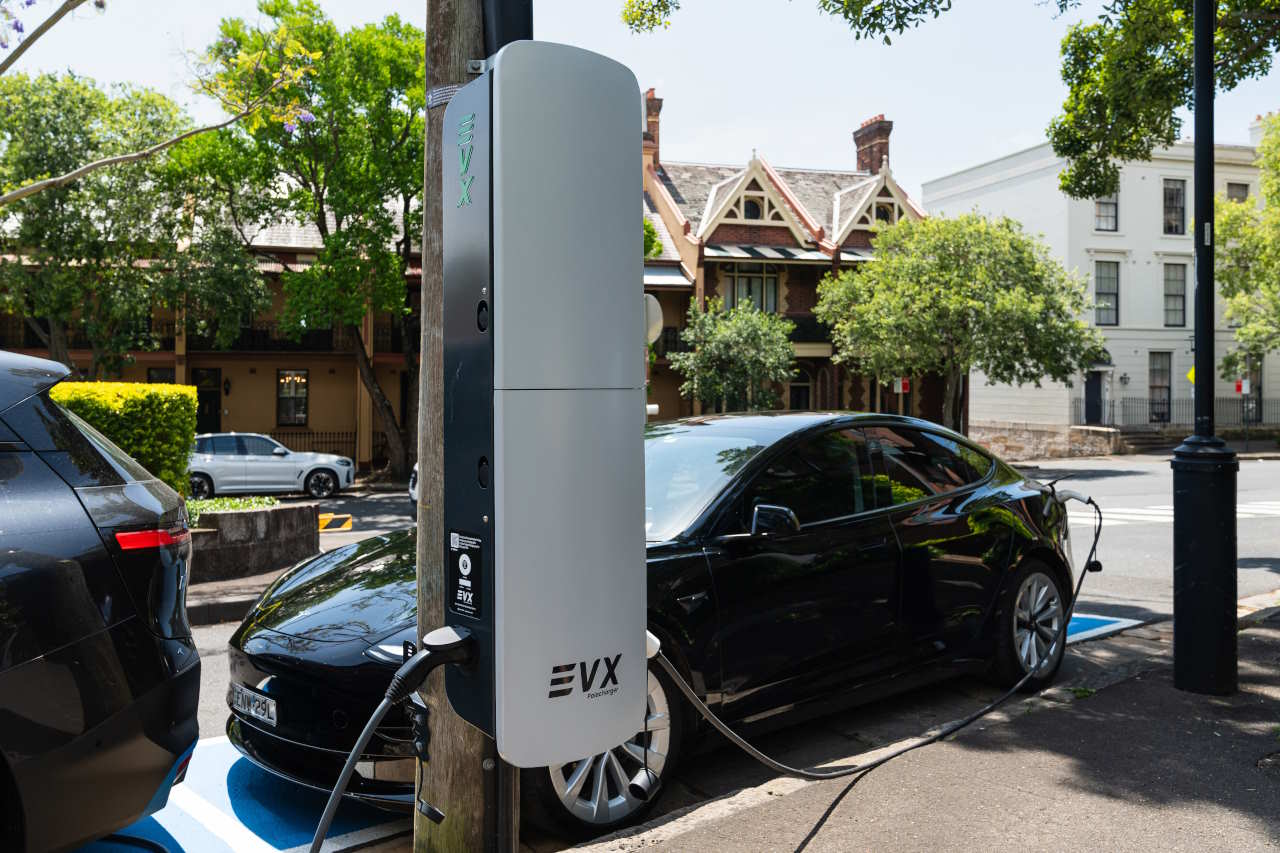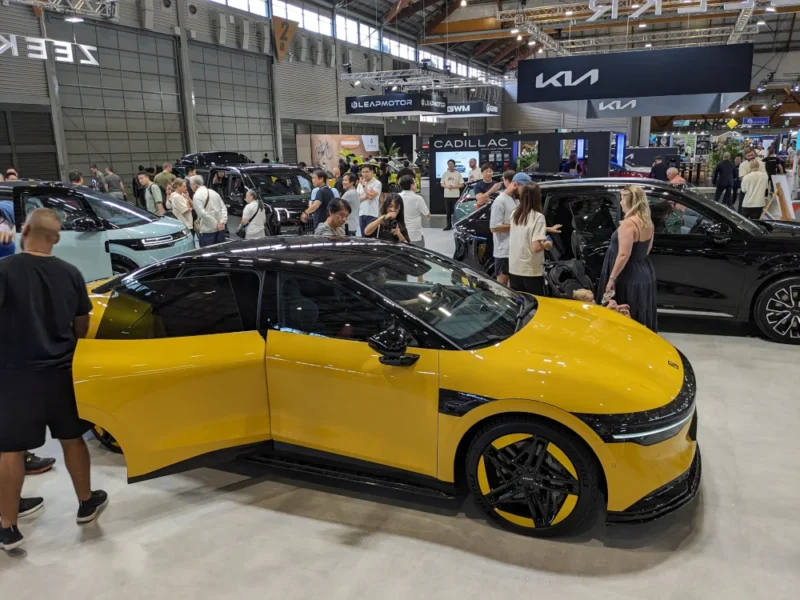A significant milestone has been crossed after the latest round of updates to The Driven’s EV models page, with 100 different models now available to purchase new, from 40 different vehicle manufacturers in Australia.
This number will continue growing as the year progresses, with around 30 additional models arriving in the next 6 to 12 months. These figures include passenger cars, SUVs and light commercial vans, but not heavy commercial trucks or buses.
New model numbers may briefly dip below 100 in the meantime, as 4 models will soon no longer be sold – the MG ZS EV, Nissan Leaf, Volvo C40 Recharge and Kia Niro EV. They will remain in the second hand market, where the MG ZS EV and older Nissan Leafs are some of the most affordable used car options.
The number of EV models available today is a stark contrast to just 5 or 6 years ago, when only a handful of different models were available. Looking at an EV presentation I made in November 2018 (below), choices then were limited to a few shorter range models costing between $50,000 – $70,000 or the Tesla Model S and X at well over $100,000.

A year later in 2019, two reasonably affordable longer range options landed here with the Tesla Model 3 and Hyundai Kona EV. I test drove the Hyundai Kona EV but knew it wasn’t for me, and soon took delivery of the Model 3 which I still drive today.
Fast forward to 2025 and virtually all market segments are now covered, from small hatchbacks to luxury sedans and people movers, plus SUVs of all shapes and sizes. A limited selection of electric utes and 4WDs are here, and should be joined by more affordable and compelling options in the next year or two.
Model growth not turning into sales growth
Despite growing model availability and affordable options like the BYD Dolphin and MG4, EV uptake in Australia has not crossed the chasm from early adopters to the majority. As Ed Lynch-Bell wrote recently, the auto industry needs to actually start selling the dream of electric motoring.
Perhaps they could start by reading 8 reasons to start driving an electric vehicle, and then encourage their dealerships and salespeople to take an EV home and experience the dream first hand.
Charging anxiety does still appear to be an issue for some potential buyers, although this is based more on perception than first hand experience in my opinion. If you talk to people who actually own an EV already, they will tell you that charging is a breeze for the vast majority of the time.
For the minority who cannot charge at home or often travel to remote areas, charging an EV may still be problematic, but public charging infrastructure is constantly improving, gradually eliminating the last barrier to more widespread EV adoption.

Pole mounted chargers and more options to charge while parked at shopping centres and carparks will help those who live in the inner city suburbs without off street parking and access to a powerpoint at home.
The state-wide charging network rollouts, such as those in remote locations across WA, will also close the gap for people travelling long distances through the countryside, provided the stations are well monitored and maintained so there is confidence they will work when you arrive to recharge.
See also: Australian electric vehicle sales by month and by model in 2025

Tim has 20 years experience in the IT industry including 14 years as a network engineer and site reliability engineer at Google Australia. He is an EV and renewable energy enthusiast who is most passionate about helping people understand and adopt these technologies.

